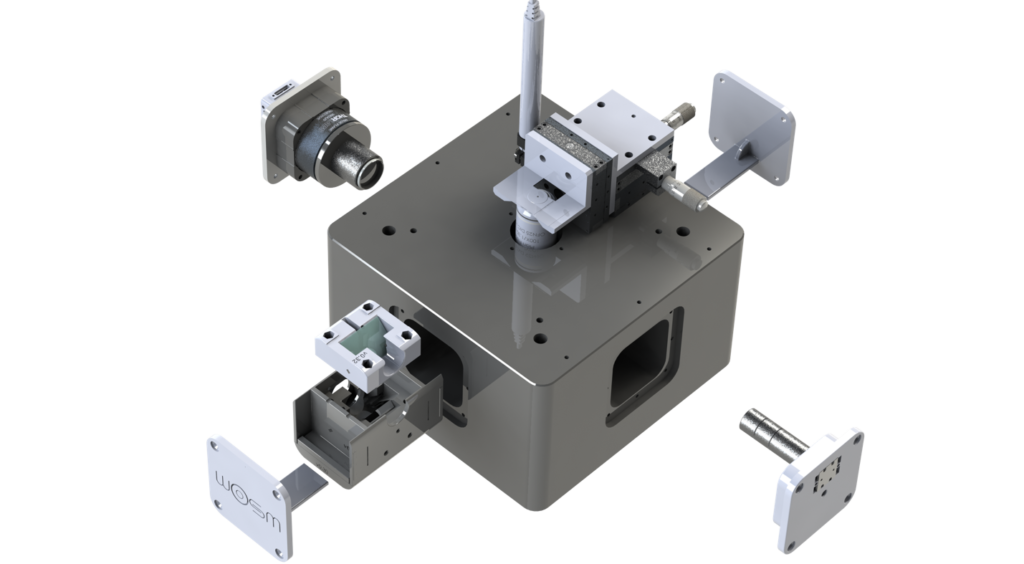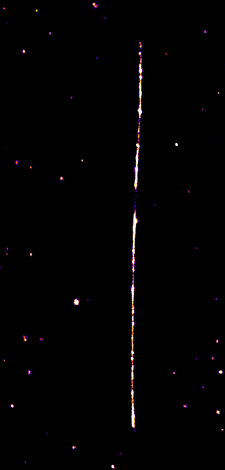I am primarily excited by the inroads physical thinking is making into cell and molecular biology. The mechanics and dynamics of cellular processes are an area that physics, biology, and chemistry can come together to study aspects of transport, motility, division, signaling – any process which happens in time. A phenomenal video animation of these types of dynamic processes is the Inner Life of the Cell, which illustrates how non-static a cell is.
Microscope Design
At the center of all the science I do is microscope design – so I spend an inordinate amount of time working on adapting and implementing new microscopes. The three microscopes I am working on now are (i) a low cost, open source teaching microscope (the eduWOSM), (ii) a superresolution fluorescence microscope (WOSM-SR), and (iii) a TIRF microscope capable of following single molecule movements with nm resolution over cm distances (image is in the header of this site).
WOSM
I collaborate with Nick Carter and Rob Cross at the University of Warwick on the Warwick Open Source Microscope (WOSM). Using this home-made microscope platform, we’ve made a super-resolution microscope with a resolution of 10 nm and a four-color, single molecule fluorescence microscope, fully programmable for classroom use for about $5k.

Solidworks view of the eduWOSM
Microtubule Mechanics and Dynamics

In addition to microscope design, I work on measuring the mechanical properties and investigating the force-producing structures of depolymerizing microtubules. These biopolymers, found in animal and plant cells, are critical for intracellular transport and cell division. And we’re trying to better understand the physical roles they play, with quantitative measurements. This superresolution image of a microtubule taken by students in my lab shows a microtubule width and image resolution of 25 nm.

